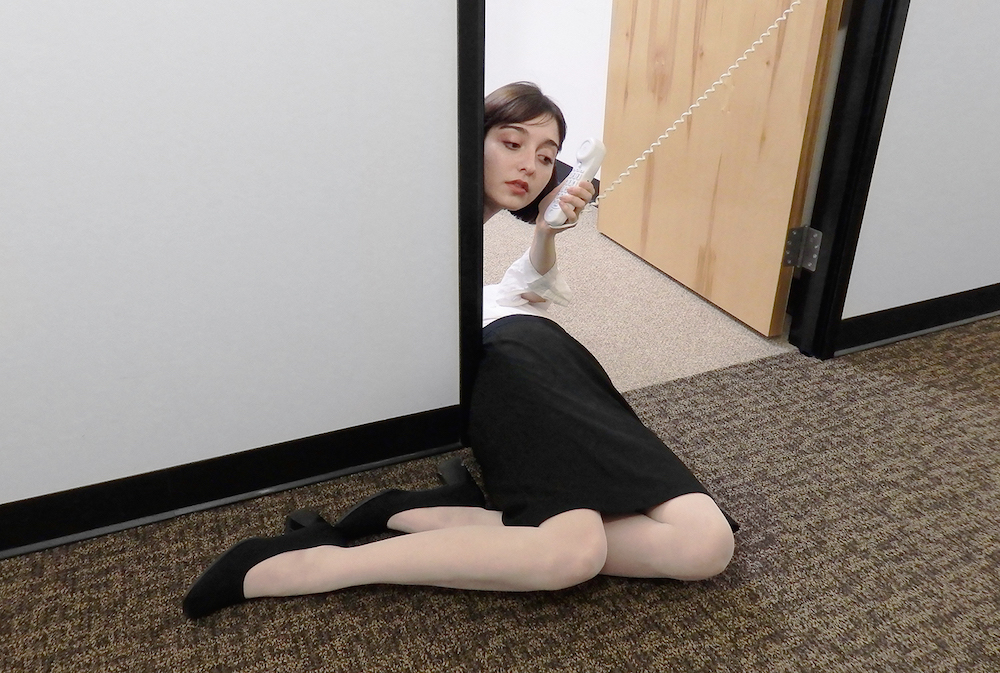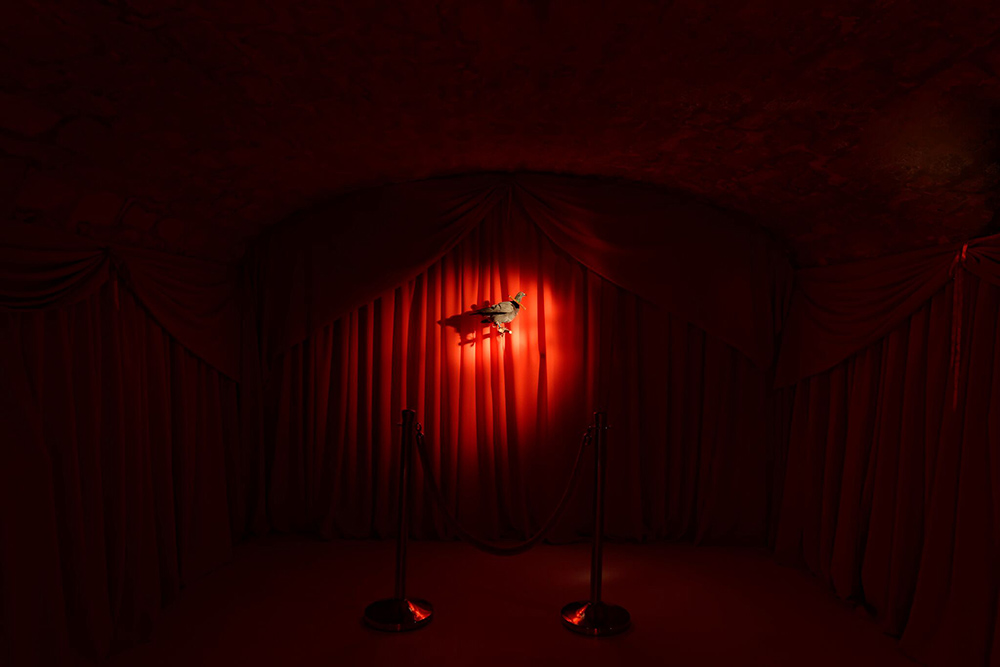
Spanish surrealist artists Salvador Dalí and Joan Miró subverted the canons of their time by playing with illusion in their masterful paintings and sculptures. Contemporary artist Erik Johansson uses photo manipulation to stimulate the same reaction. They all distort reality through imaginary narratives and visual tropes that often transport observers into a parallel universe.
In the summer of 2014, then-25-year-old Central Saint Martins alumna Amalia Ulman executed a fascinating art project – she used her Instagram profile to alter the public perception of her persona. This was carefully planned and quite simple at the same time; her aim was to show how easily audiences can be manipulated through mainstream narratives on social media.
For Excellences & Perfections, every picture was premeditated and allocated a specific budget for its realisation. The imaginary lifestyle that Ulman immersed herself into – that of a disillusioned “good girl gone bad” in Los Angeles – attracted both fierce criticism and appreciation by her unaware audience.

Soon after she revealed that what she had been posting for the previous four months was nothing but a clever hoax, she was widely credited with turning Instagram into a performance art platform for the first time. Everything, from the posts and captions to the likes and mixed reactions of her large following in the comments, was part of the performance. Instagram was the stage.
“I only used Instagram because I wanted to make net-art with whatever was contemporary and available,” explains Ulman. “I make work in so many different formats, from performance to sculptures… I’d rather just be called an artist.” Ulman doesn’t want to be pigeonholed by her Instagram success – and not because she isn’t proud of her work, I can tell from her words – but because there’s much more to her oeuvre beyond the project that gained her fame and notoriety.
Excellences & Perfections – which was eventually shown at London’s Tate Modern, among many other galleries around the world – is in fact embedded in a larger vision that has been driving Ulman’s multidisciplinary arts and her personal evolution for years. It’s one that constantly blurs the lines between the anthropological subject of study and art for the sake of art. “Many of my works, like International House of Cozy and The Destruction of Experience, share in common that they are about class, representation, gender and power structures,” she explains.

Ulman was born in Buenos Aires but grew up in Gijón, in the Spanish province of Asturias, after moving there with her parents as a child. In 2009, she relocated to London to attend Central Saint Martins on a scholarship. More than anything, she considers herself an immigrant. “I grew up in Spain as an immigrant. And then I was also an immigrant in the UK and the US. I’ve always been an outsider and have a different perspective on things. That has always informed my art practice,” she says.
After seeing her works exposed in galleries all over the world, this month she’s bringing her art to China with her first solo exhibition in the country, titled Privilege. At Beijing’s KWM Art Center, Ulman’s artistic journey will be presented through an office labyrinth, composed of a selection of videos and photographs from her ongoing Privilege series. As a sort of continuation to Excellence & Perfections, the project aims to expose the contradictions between the physicality of women and their social and cultural roles and identities. Once again, Ulman has done so by positioning herself at the very centre of the performance, playing a pregnant white-collar worker and a caricature of her persona.

Because of her reflection on the roles of female artists and the associated stereotypes, Ulman has been called a “cyber feminist”. Does she agree with that term? “I’m a feminist in my day-to-day life and that sometimes influences my work – but not always. I wouldn’t say my work is feminist, per se. Art is just art, the same way children are only children,” she says.
One of the sidekick characters of Privilege, Bob the Pigeon, will be the subject of Ulman’s next visual project – a movie that she’s working on for the Armory Show in New York. Her previous short film, The Annals of Private History, which was shown at Frieze Live in London in 2015, is an unexpected account of a travel to Pyongyang, North Korea. Social critique is at the very centre of the multimedia piece, in which she depicts a capital city that revolves around the glittery facade that hides the brutality of the regime. To a large extent, the theme is similar to that of many of her other works: an exploration of the aesthetic and meaning of what’s on the surface.
Ulman’s works scream contemporaneity. They seem to speak to her own generation from the point of view of someone who wants to disrupt an established order. But she doesn’t like categorisations and labels. “I don’t know if I am a millennial artist,” she says. “I’ve been an old soul since I was a child. But I can’t escape the times I live in and I’m deeply influenced by everything that happens – maybe because I’m working-class and foreign, and constantly at bay with whatever politicians and corporations are doing.”
This feature originally appeared in the March 2018 print issue of #legend.





